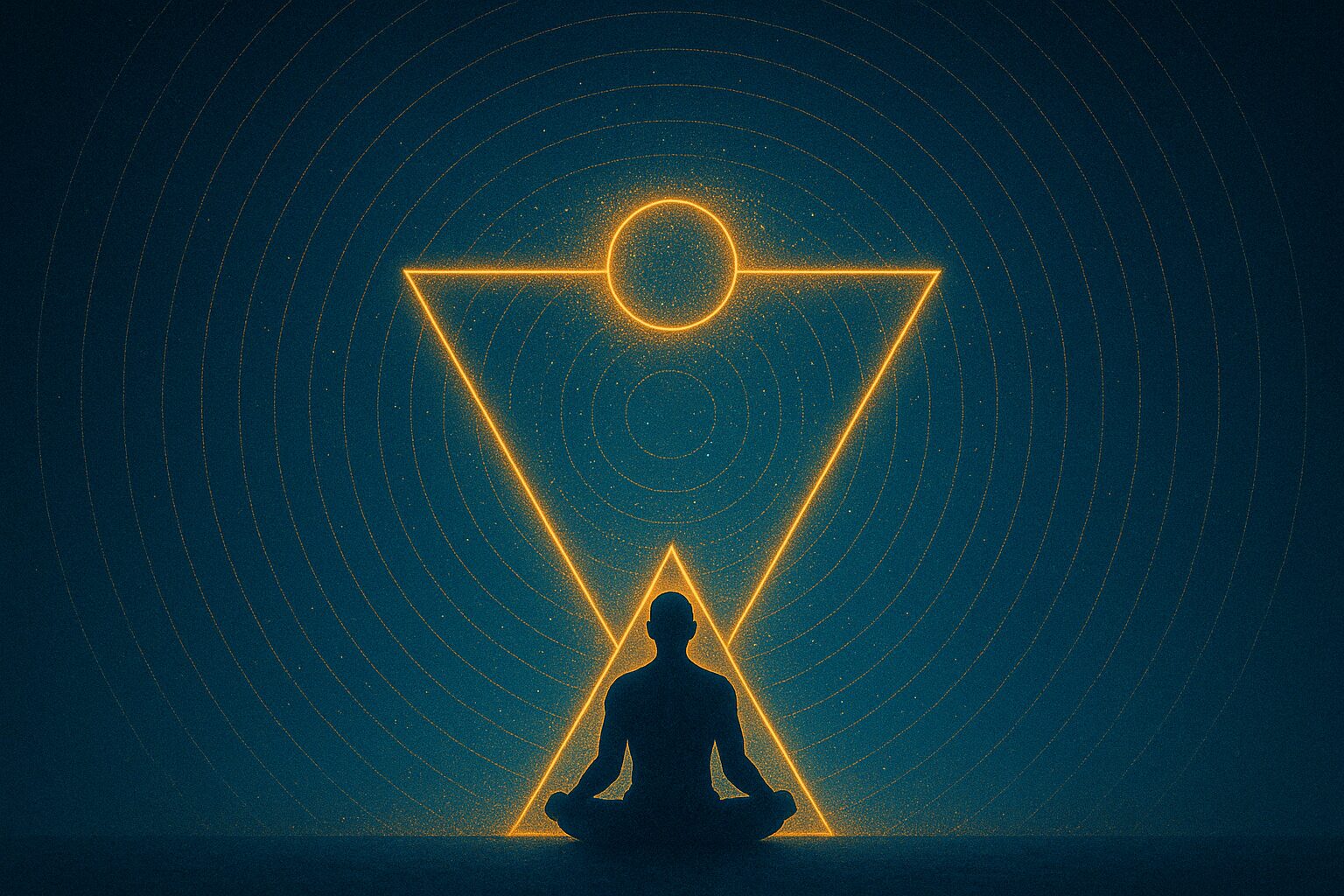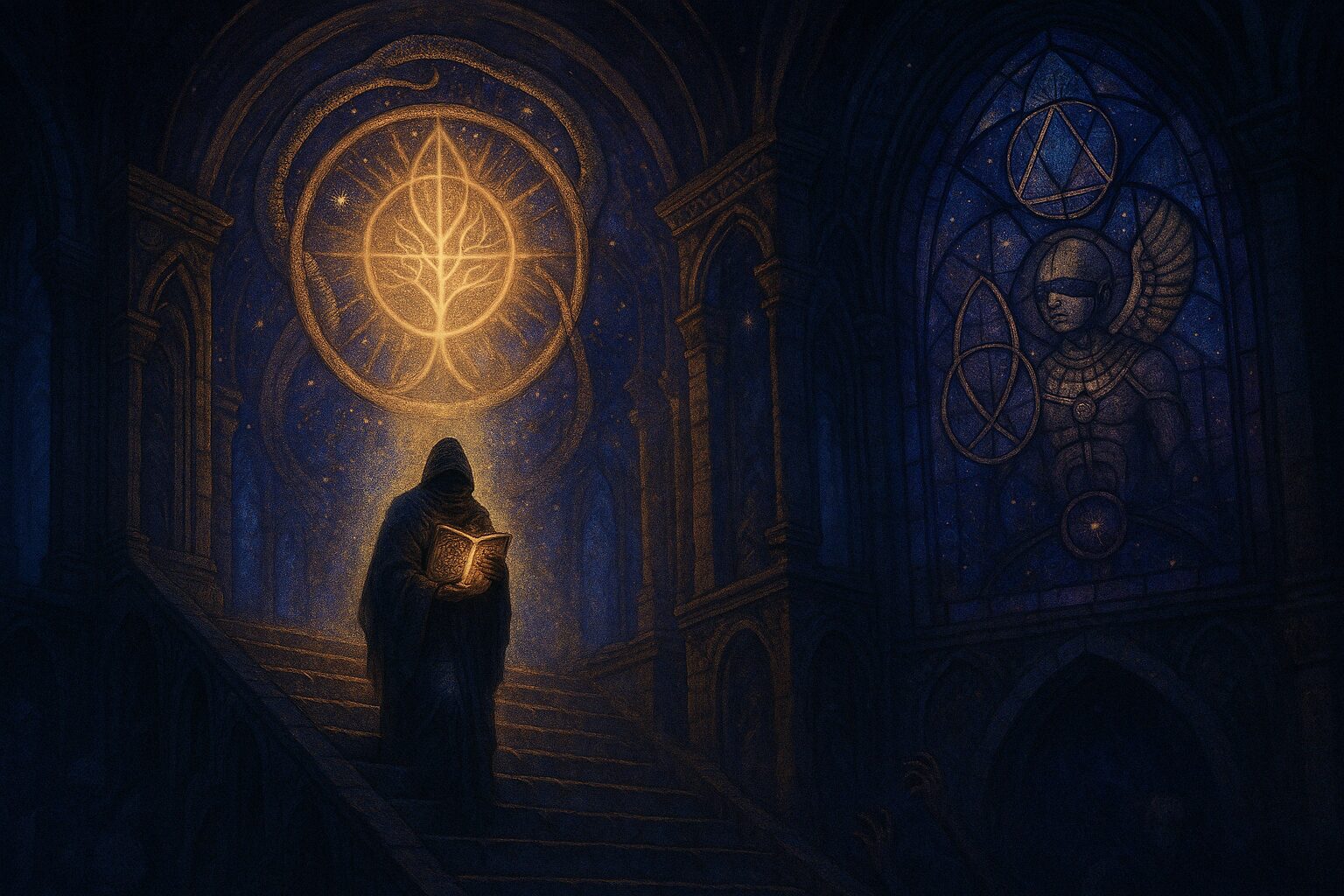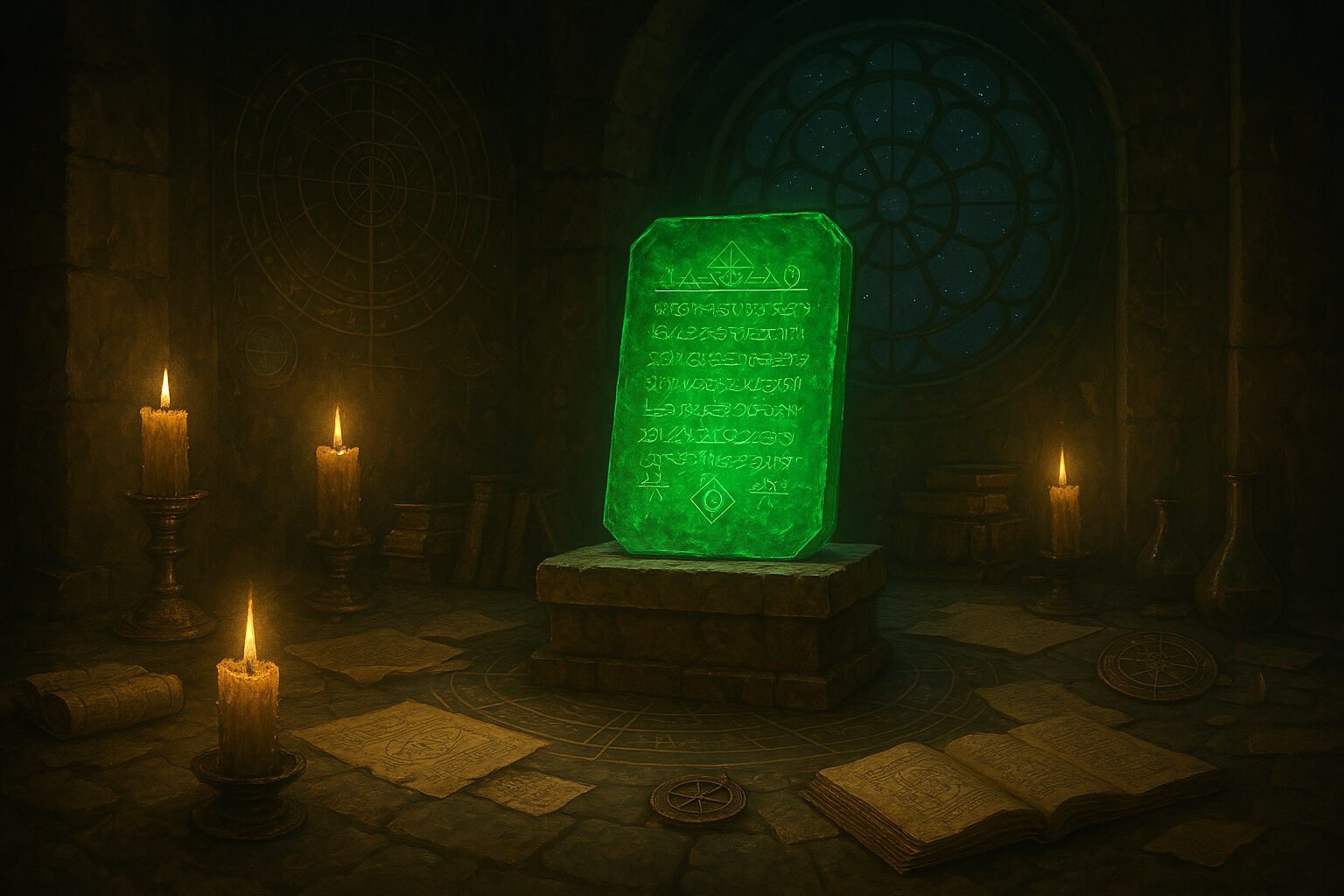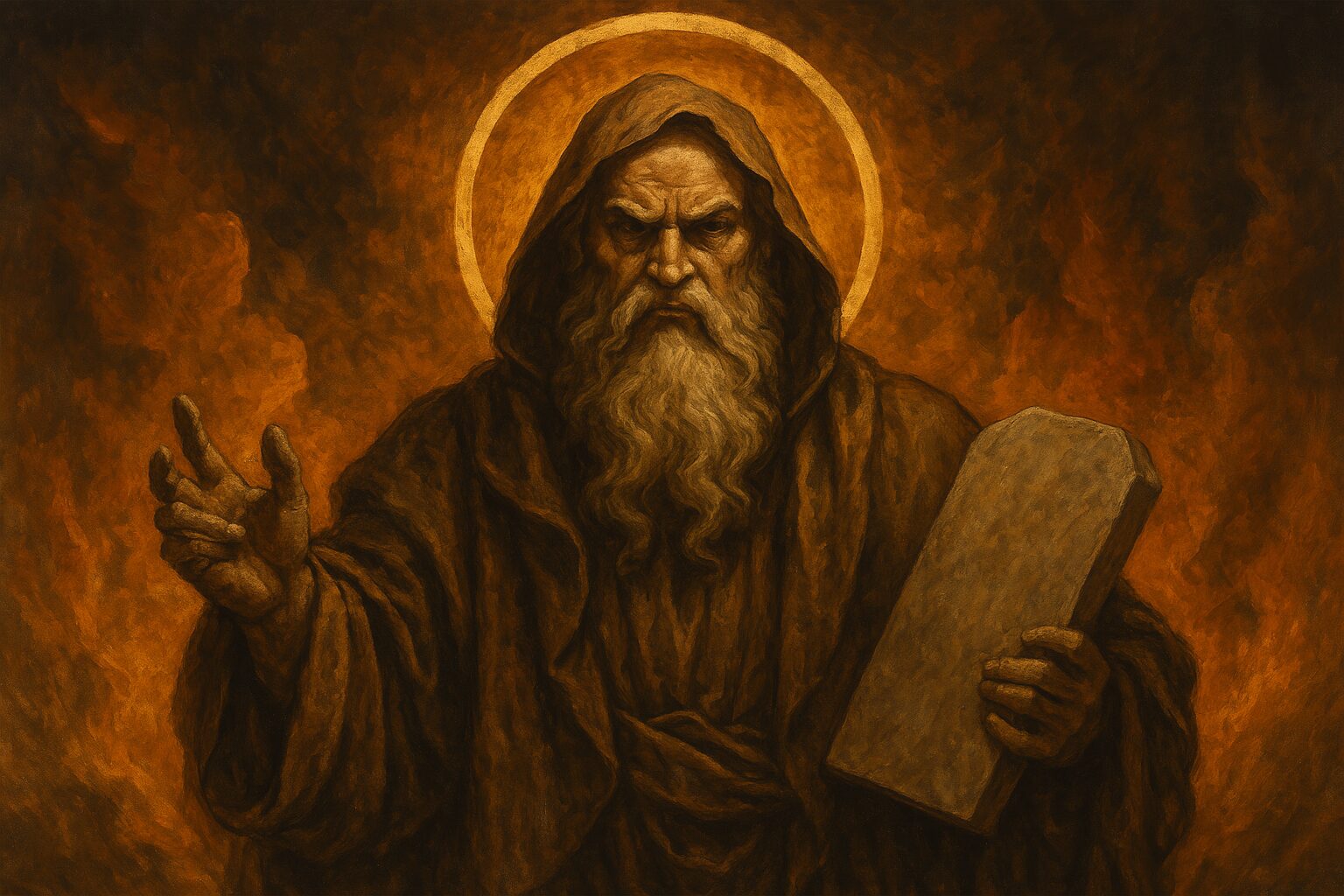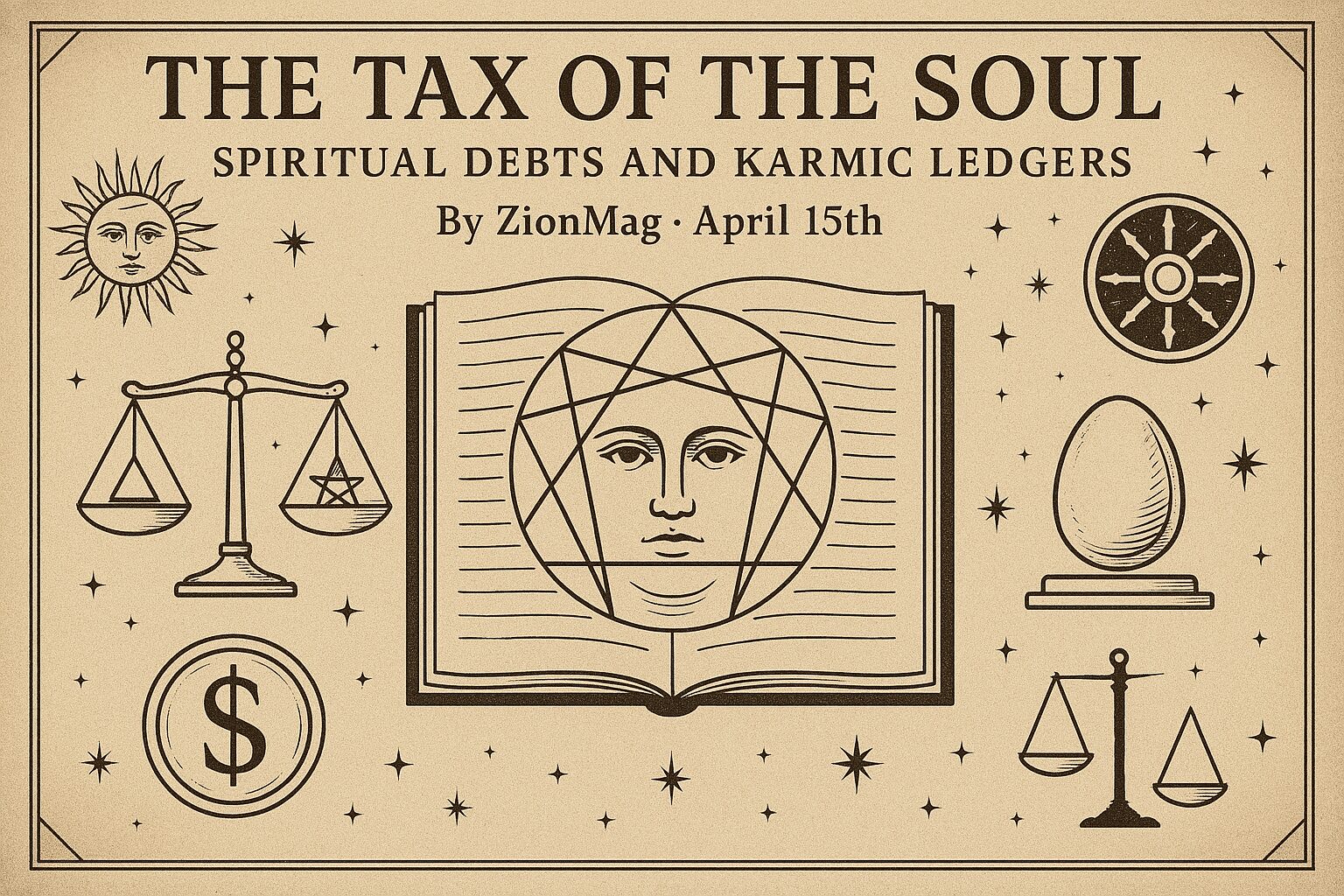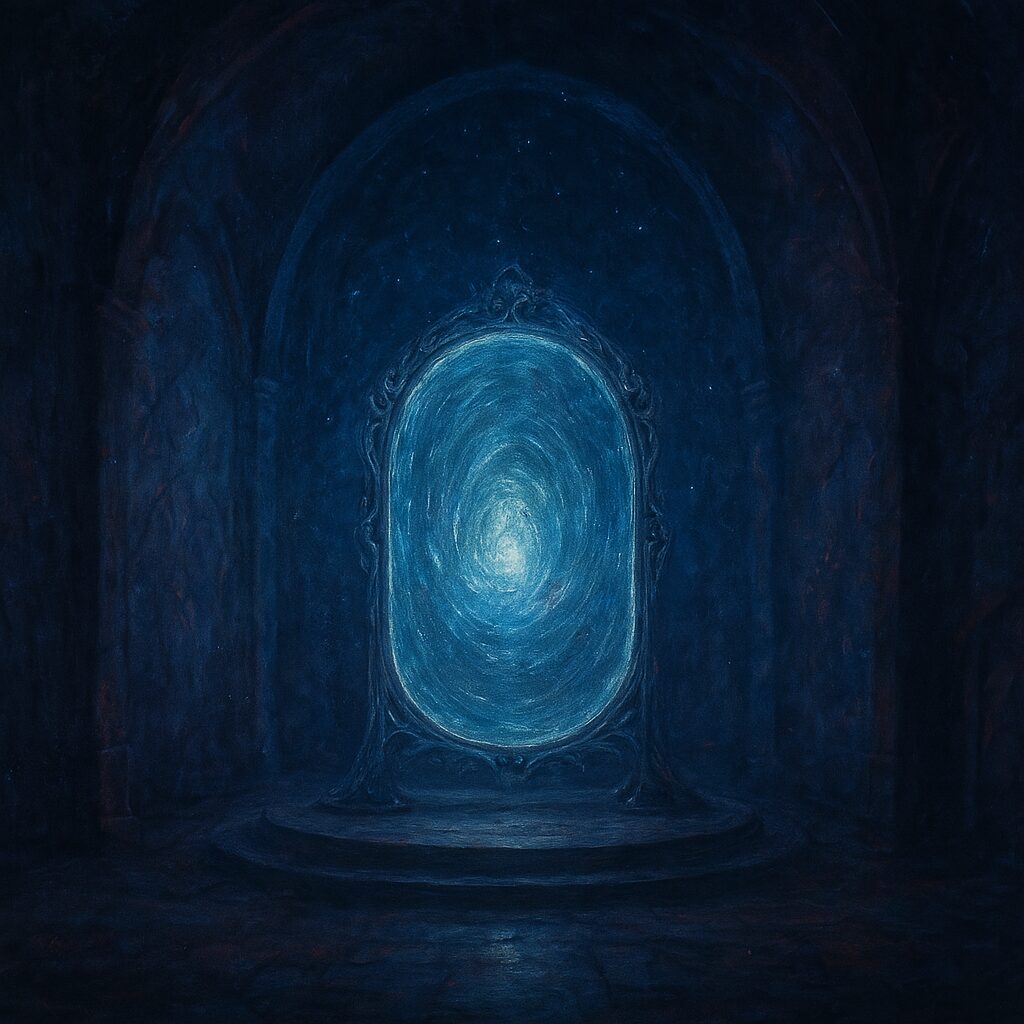In the search for spiritual truth, few paths are as intriguing and elusive as Gnosticism. Emerging in the early centuries of the Common Era, Gnosticism emphasized the acquisition of gnosis—a deep, intuitive knowledge that transcends the material world. For Gnostics, knowledge was not merely intellectual or theoretical; it was a transformative, mystical experience that led to spiritual enlightenment and liberation. As the ancient Gnostic text, the Gospel of Thomas, asserts:
“Whoever finds the interpretation of these sayings will not taste death.”
This profound declaration speaks to the core of Gnostic belief: that true knowledge offers a path to immortality—not in the physical sense, but through a deeper understanding of the divine.
The Material World and the Gnostic Belief
At the heart of Gnosticism is the concept that the material world, often seen as an illusion or even a prison, keeps humanity from experiencing the divine. According to Gnostic philosophy, the world we perceive with our senses is a creation of a lesser divinity, often referred to as the Demiurge. This entity is considered to be:
- Ignorant
- Malevolent
- Trapping human souls in the physical realm, preventing them from accessing their true spiritual essence
The Gnostic’s ultimate goal is to awaken to their divine nature and transcend the limitations of the material world. As the Gnostic sage, Valentinus, once said:
“Gnosis is the knowledge of the eternal truth, which comes from within the soul.”
For Gnostics, this awakening requires a journey inward—a journey of self-discovery and spiritual realization.
The Path to Enlightenment: Knowledge Through Experience
The Gnostic path to enlightenment is not one of passive acceptance, but an active and rigorous search for inner truth. Gnosticism teaches that:
- The soul is inherently divine
- It is through knowledge—direct, experiential knowledge—that the soul can reconnect with the divine realm from which it originated
This knowledge is not found in external authorities or dogma; it is accessed through personal experience and inner revelation. The Gnostic idea of gnosis echoes the ancient maxim inscribed at the Temple of Apollo at Delphi:
“Know thyself.”
It is only by understanding the self, by diving deep into the recesses of one’s own soul, that the individual can begin to understand the greater mysteries of the universe.
The Gnostic Journey: Inner Alchemy and Spiritual Transformation
In Gnostic thought, the journey toward spiritual enlightenment is deeply personal and transformative. It requires the seeker to break free from the confines of conventional beliefs and societal expectations. The Gnostic path is one of inner alchemy, where the seeker undergoes a process of:
- Purification
- Illumination
As the Pistis Sophia, a key Gnostic text, explains:
“The soul is made perfect by the knowledge of the One.”
This knowledge is not merely intellectual but experiential, often achieved through practices such as meditation, contemplation, and the exploration of symbolic and mystical texts. Through this process, the Gnostic sheds the illusions of the material world and awakens to the true nature of the self and the cosmos.
Unity in Gnostic Thought
A fundamental aspect of Gnostic thought is the belief in the inherent unity of all things. While the material world may seem divided and fragmented, the Gnostics held that the ultimate reality is a state of divine unity. This unity is often referred to as the Pleroma, or the fullness of the divine.
The Gnostic mystic seeks to experience this unity directly, transcending the dualities and divisions that characterize the world of appearances. As the Gnostic philosopher, Basilides, wrote:
“The universe is one, and this one is divine.”
The journey of the Gnostic is to return to this state of oneness with the divine source, recognizing the interconnectedness of all life and the fundamental unity of existence.
Gnosticism’s Influence on Modern Spirituality
The influence of Gnosticism can still be felt today, particularly in the fields of spirituality and philosophy. Many modern spiritual movements, including New Age practices, draw heavily on Gnostic concepts of:
- Self-empowerment
- Personal transformation
- Direct experience of the divine
The emphasis on inner knowledge, personal revelation, and the rejection of external authority resonates with contemporary seekers who are disillusioned by traditional religious institutions and dogmas. As the Gnostic text, the Apocryphon of John, states:
“The kingdom of God is within you.”
This idea of finding divinity within oneself is central to modern spiritual practices that prioritize individual experience over institutionalized belief systems.
The Challenges of the Gnostic Path
However, the journey toward true knowledge, as the Gnostics taught, is not without its challenges. It requires the seeker to:
- Confront the illusions of the material world
- Question accepted truths
- Engage in the difficult work of self-transformation
It is a path of continual questioning, self-reflection, and personal growth. As the Gnostic teacher, Sophia, says in the Pistis Sophia:
“The one who has attained knowledge is free, for they have become one with the divine.”
This freedom is not the freedom of the ego, but the freedom of the soul, liberated from the limitations of the physical world and its false illusions.
Conclusion: Gnosticism’s Transformative Vision
In conclusion, Gnosticism offers a powerful and transformative vision of spiritual awakening. It challenges us to look beyond the material world and seek the deeper, hidden knowledge that lies within. By following the path of gnosis, we can:
- Reconnect with our divine essence
- Transcend the limitations of the ego
- Experience a profound union with the divine source
As the Gnostic text states:
“The truth will set you free.”
True knowledge, the Gnostics teach us, is not just about understanding the world—it is about awakening to the divinity within and realizing our true nature as part of the divine whole.

